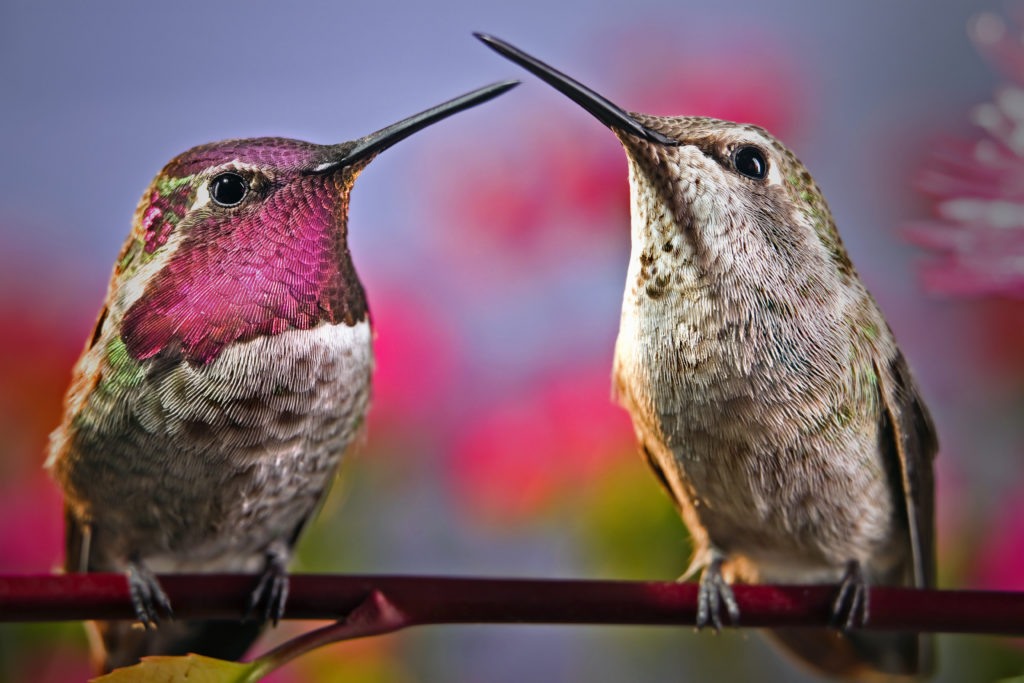Microevolution is a process of change that is quite well documented by biological sciences. It involves adaptive changes in living beings that may happen because of various factors. These may include genetic mutations. One example is the resistance of bacteria to antibiotics which is produced through random mutations and natural selection. This kind of evolution does not affect the external form of an organism in any way. Another example is an adaptation of organisms to different environments. This kind of change may impinge quite dramatically upon the external look of an organism. It may, for example, produce different color of skin or fur, or longer fur or debilitated fur; it may influence the blood density, weight, size, or many other features of an organism. But the common point of all microevolutionary changes (whether internal or external) is that they never produce a new natural species. Instead, these changes occurring in individuals fall within the limits of their species.
